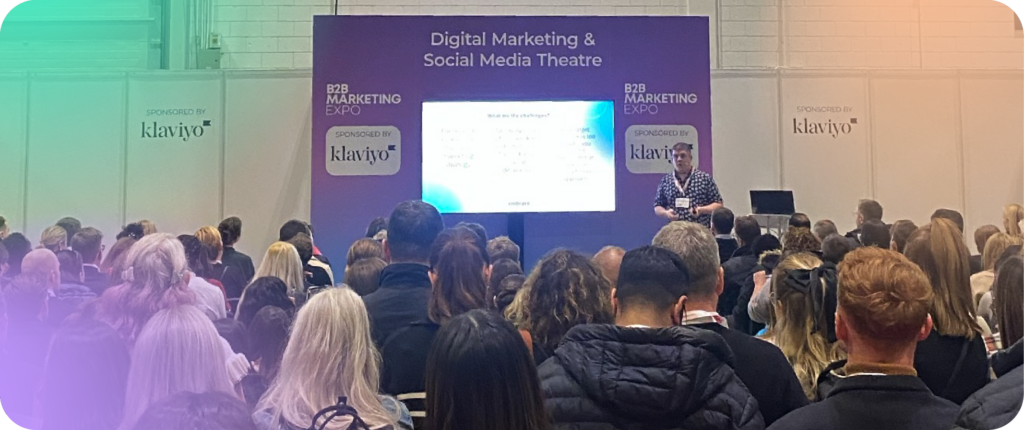
With customers now expecting increasingly personalised services, understanding the customer’s decision-making journey is more important than ever.
By knowing every step of your customer’s buying process inside out, you can better understand how to get them on board and convert their initial interest into those all-important sales.
At Embrace, we envisage the customer’s path unfolding through five distinctive stages, each presenting unique challenges and opportunities.
In this blog, we explore how to effectively guide and influence decision-making across the entire buying process and share some quick tips to remember when it comes to successful customer marketing – read our thoughts below.
The five-stage buying process
1. Problem recognition
The journey begins with problem recognition. At this stage, customers may not even be aware of a need or issue. As a marketer, your goal is to illuminate this problem and position your product or service as the solution. Make sure your messaging is addressing pain points and showcasing how your offering can make a difference.
2. Information search
Once the problem is recognised, it’s the opportune moment to provide valuable content that educates and informs. Develop comprehensive guides, blog posts, and videos that answer common questions, highlight product features, and establish your brand as an authoritative source. Make sure you resonate with and stand out to customers – regular brand awareness and being recognisable is key!
3. Evaluation of alternatives
As customers weigh their options, your goal is to stand out among the alternatives. Showcase what makes your product or service unique and superior. Building a strong emotional connection with your brand can also play a pivotal role in influencing decisions – even if this is only on a subconscious level. Case studies, so you can evidence how to achieve success for a similar service, product, or industry, are key at this point.
4. Purchase decision
The moment of truth arrives as customers make the purchase decision. Simplify the buying process, remove obstacles, and reinforce the benefits of your product or service through targeted messaging to instil confidence in the decision-making process. If customers know, like and trust your product and brand, they are well on their way to making a purchase.
5. Post-purchase behaviour
The journey doesn’t have to end with a purchase! Instead, it can evolve into post-purchase behaviour. Engage with your customers post-purchase through personalised emails, and exclusive services that build on your current relationship. Encourage them to share their experiences on social media, creating a positive feedback loop that contributes to brand advocacy. Remember, it’s a lot easier to retain existing customers than to gain new ones!
Our top tips
The power of touchpoints
Join up your marketing and sales touchpoints to ensure a cohesive customer experience and build trust at every stage of the buyer’s journey.
Emotional resonance
Craft messages that evoke positive emotions, align with your brand values, and create a memorable connection.
Subconscious influence
Craft a set of key messages that encapsulate your brand identity and strategically reinforce them across various channels.
Targeted account-based approach
By understanding the unique needs of key accounts, you can create customised campaigns that resonate with decision-makers.
Final thoughts
Understanding the customer’s five-stage buying process is vital when it comes to influencing customer decision-making. From problem recognition to post-purchase engagement, the importance of cohesive touchpoints, emotional resonance, and targeted messaging can’t be overstated. By integrating marketing and sales efforts, crafting emotionally resonant messages, and strategically reinforcing brand identity, businesses can guide customers through their decision-making journey, building lasting relationships and brand advocacy.
Looking to transform your B2B buying journey? Email hello@weareembrace.com for an initial chat or visit our Thoughts page for more on our approach.
This latest thinking article was written by:

Jack Lenton
Content Manager